It’s time for this year’s edition of what has become an annual tradition here chez Q – the Quintessential Guide to Champagne 2015. While I am a proponent of drinking champagne throughout the year, there is certainly no more traditional time to celebrate with a glass of bubbly than on New Year’s Eve. If you’ve ever wondered the how and why of champagne, read on and if you’ve visited this discussion in the past, you can hop to the end for some drinking suggestions with several new additions. And while we may not all look as good as Jacqueline Bisset did with a glass of the good stuff,

we can at least have this much fun.
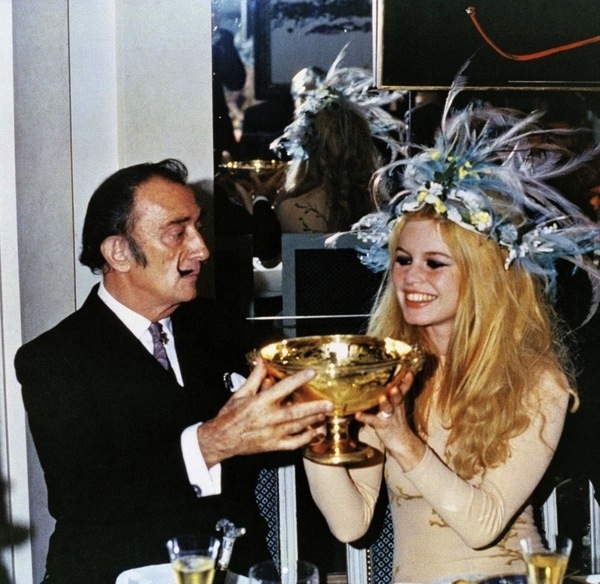
As you may know, in order to be called Champagne the product must be produced within the boundaries of the Champagne Region in France. This Region was delineated many generations ago and must be adhered to with strict regulations. Therefore, when you look at the prices of Champagne and wonder why they are so high, you must realize all the many factors that go into the making of that final bottle.
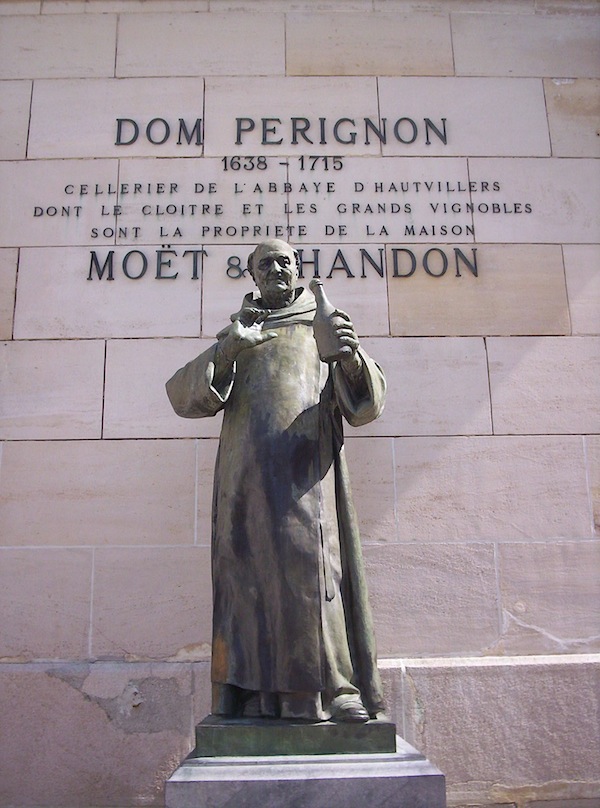 The history of champagne goes back about 300 years thanks to that famous monk above, who discovered by accident the wonders of extra wine fermentation producing those lovely bubbles. The key process in producing Champagne is that SECOND fermentation which occurs in a sealed bottle. The entire process is described below.
The history of champagne goes back about 300 years thanks to that famous monk above, who discovered by accident the wonders of extra wine fermentation producing those lovely bubbles. The key process in producing Champagne is that SECOND fermentation which occurs in a sealed bottle. The entire process is described below.
SELECTING THE CUVÉE (La Cuvée)
The cuvée is the base wine selected to make the Champagne. The most expensive Champagnes are made from cuvées from selected vineyards in the Champagne region, which can be a pure grape variety, such as Chardonnay or Pinot Noir, or a mixture of several grape varieties. If a Champagne is made exclusively from Chardonnay, it is called “blanc de blanc,” white wine from white grapes. Most Champagne is made from mixed cuvees.
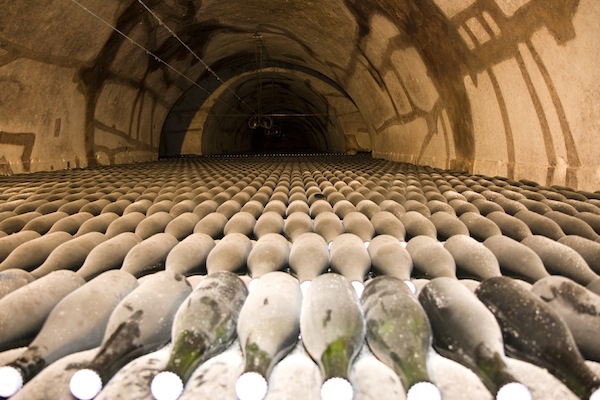
THE TIRAGE
After the cuvée is selected, it is bottled with a sugar and yeast mixture and capped. The resulting mixture – the tirage – is placed in a cool cellar (55-60°F), and allowed to slowly ferment. As the yeast consumes the sugar, it produces the carbon dioxide which creates the characteristic sparkle of Champagne. The yeast cells die but the champagne remains in the cellar to age and develop a more layered flavor. Non vintage champagne must be aged for at least 15 months and vintage for a minimum of three years before disgorgement (see below).
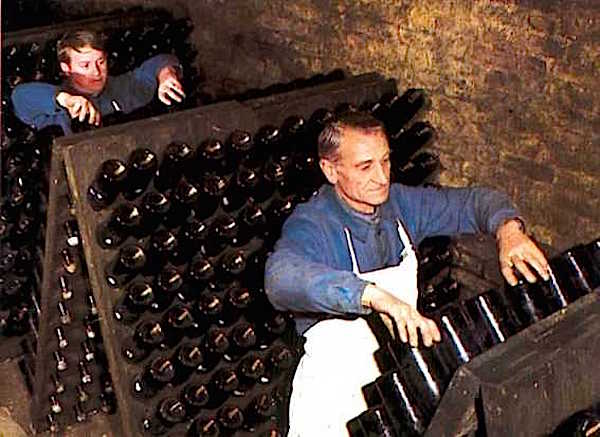
RIDDLING (Le Remuage)
After the aging process is complete, the dead yeast cells are removed through a process known as riddling. The Champagne bottle is placed upside down in a holder at a 75° angle. Each day the riddler comes through the cellar and turns the bottle 1/8th of a turn while keeping it upside down. This procedure forces the dead yeast cells into the neck of the bottle. A riddler, shown above, typically handles 20,000 to 30,000 bottles per day. While some premier houses still complete the process by hand, many have moved to an automated machine process.
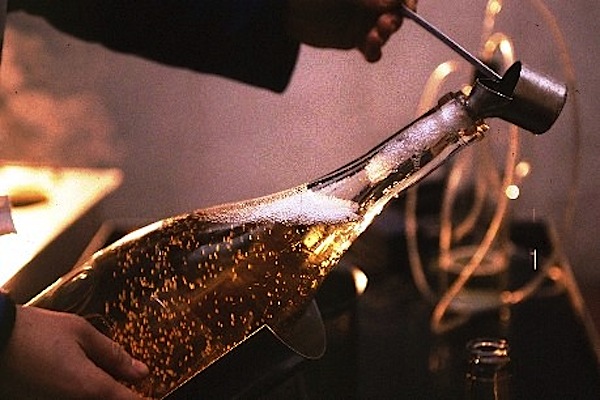
DISGORGING
The Champagne bottle is kept upside down while the neck is frozen in an ice-salt bath, forming a frozen plug containing the dead yeast cells. The bottle cap is then removed and the pressure of the carbon dioxide gas in the bottle forces the plug out leaving behind clear Champagne. At this point the DOSAGE, a mixture of white wine, brandy, and sugar, is added to adjust the sweetness level of the wine ranging from very dry (ultra brut) to very sweet (doux), with brut being the most common. The bottle is then corked and the cork wired down to secure the high internal pressure of the carbon dioxide.
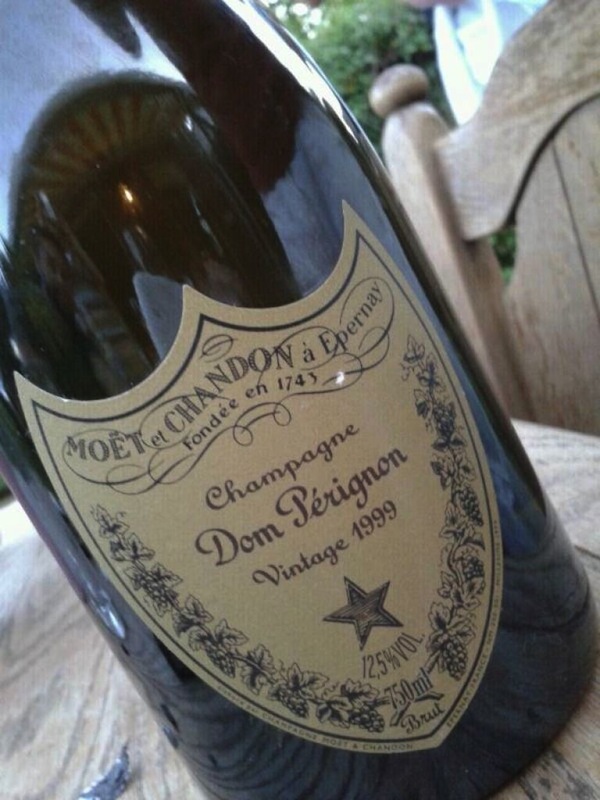
Many Champagne houses produce ”luxury cuvées,” their best and most expensive wines. Dom Pérignon is the luxury cuvée of Möet & Chandon; Cristal is the pride of Roederer. Bollinger produces R.D. or “recently disgorged” wines. For example, you can purchase a 1982 Bollinger R.D. that was disgorged in April 1991, nine years after being placed in the bottle.
For some classic non vintage champagnes, you can rely on:
Ruinart blanc de blancs (non vintage), the flagship of their house
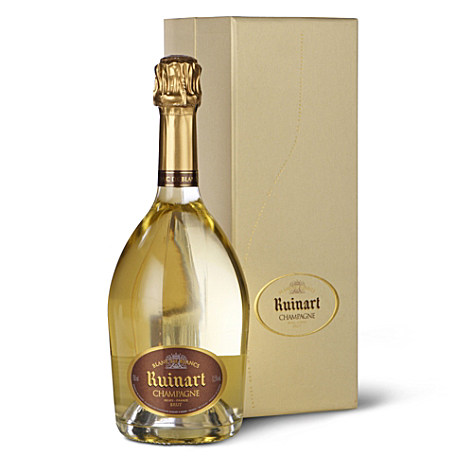
Ruinart Rosé (non vintage)
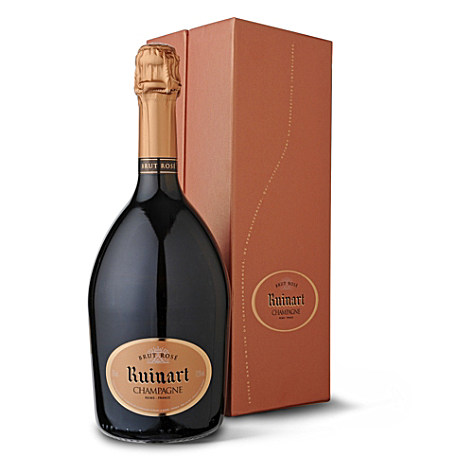 Laurent-Perrier Brut non vintage
Laurent-Perrier Brut non vintage
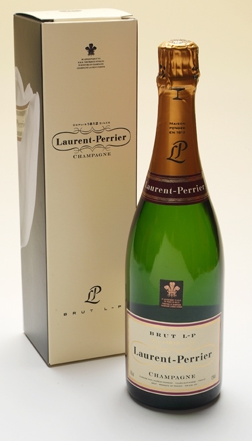
Laurent Perrier Rosé
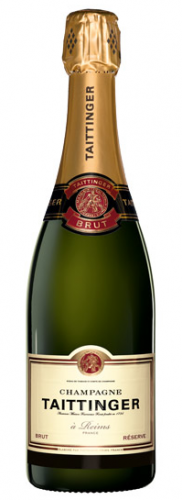
Louis Roederer brut premier non vintage
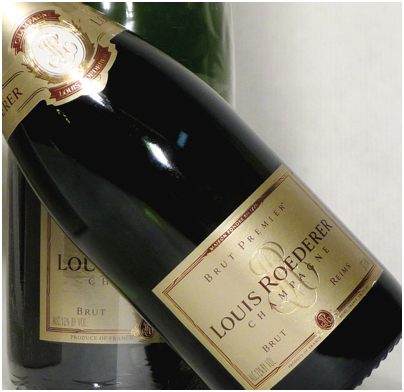
Bollinger Brut Special Cuvée (I served this last year at Christmas)
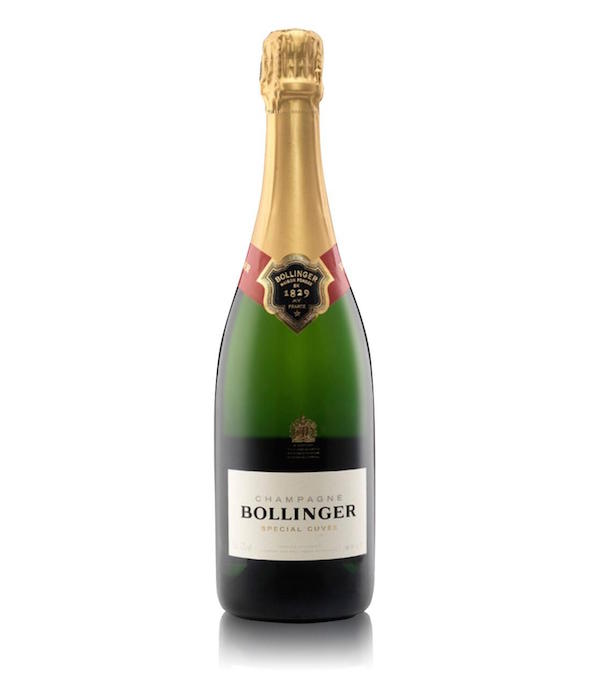
Krug Grand Cuvee is a blend of their various vintages and is always a stellar Champagne for the price. The Krug wines commonly display a subtle nuttiness.
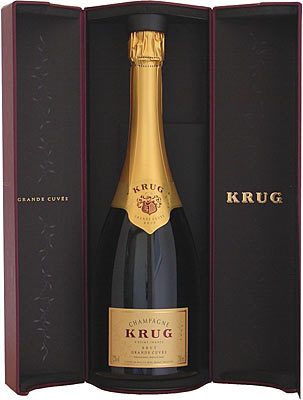
Krug Rosé Brut NV
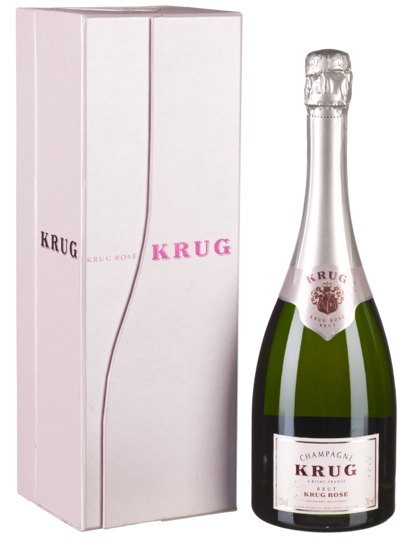
And the Billecart-Salmon rosé is a favorite – I served this on Christmas Eve thanks to a very considerate friend.
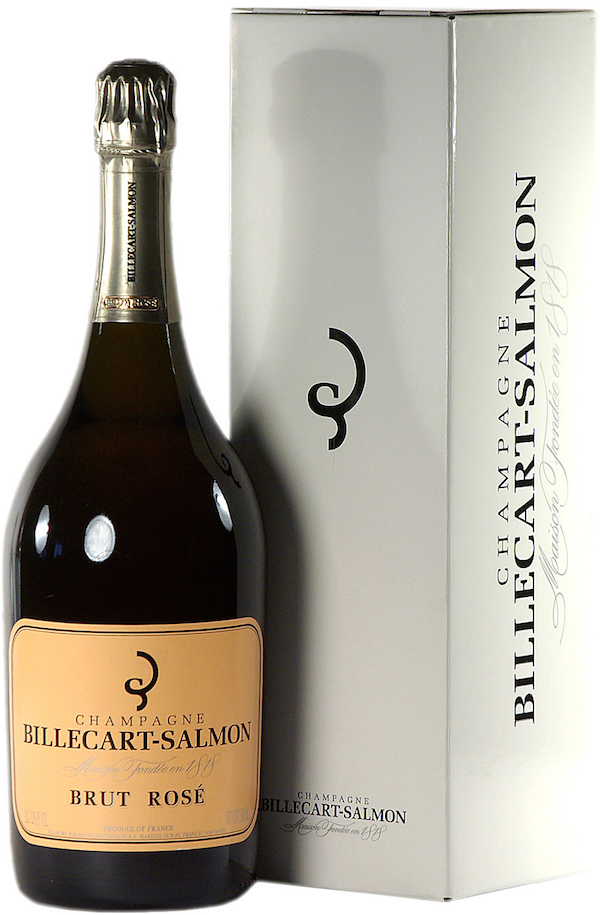
For vintage, the 2004 Dom Pérignon I tasted with Antonio Galloni last year is a winner.
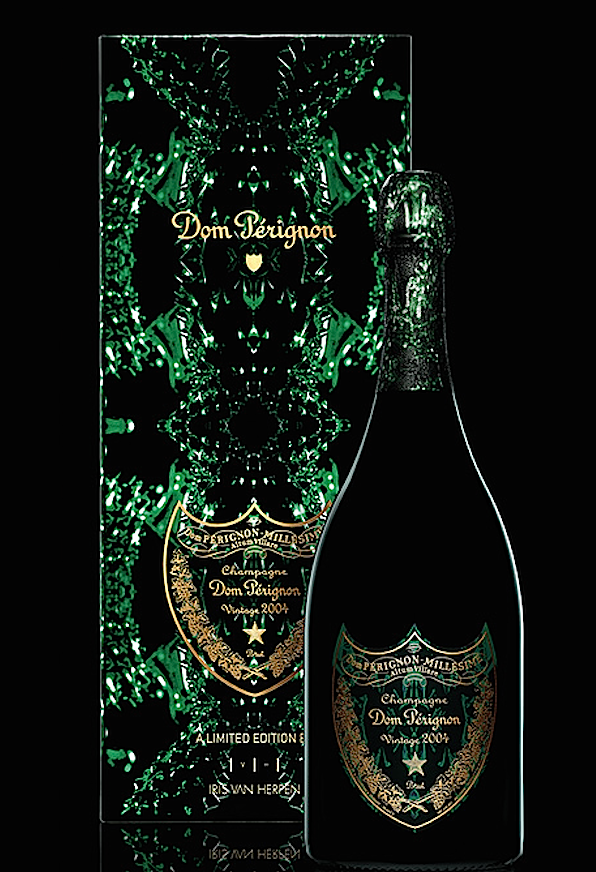
The 2006 Louis Roederer Cristal is a big full bottle. Of pinot noir and chardonnay, this could be drunk now but would also be a great addition to your cellar for years to come. 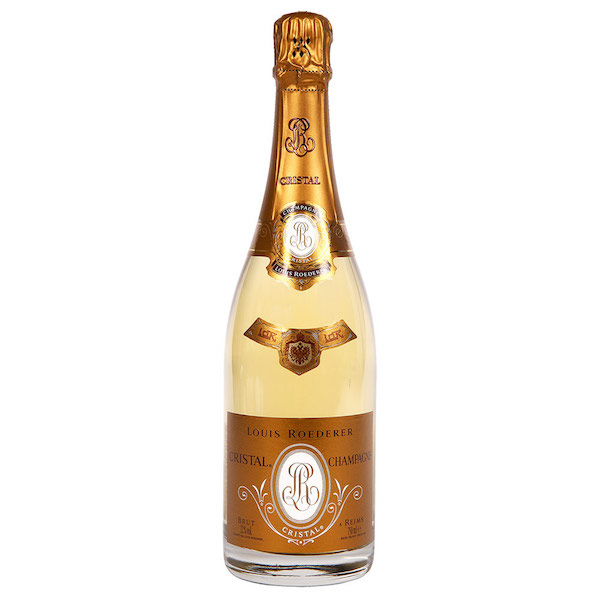
And be on the lookout for the 2006 Cristal Rosé which has also garnered major thumbs up.
 For fans of dry champagne, Billecart-Salmon is hard to beat. Their 1999 Cuvée François Billecart is a sophisticated wine in a really great year.
For fans of dry champagne, Billecart-Salmon is hard to beat. Their 1999 Cuvée François Billecart is a sophisticated wine in a really great year.
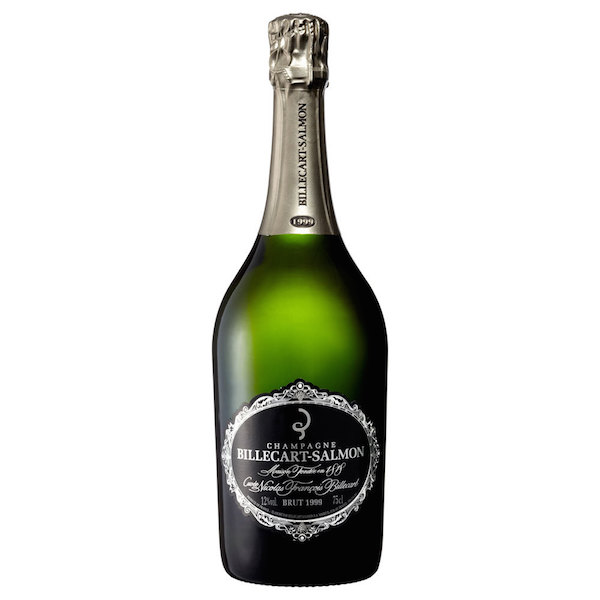
I love the “cashmere” like richness of Bollinger. Their 2004 La Grande Année is a powerful mouthful with a full and balanced blending of fruit and toasty flavors.
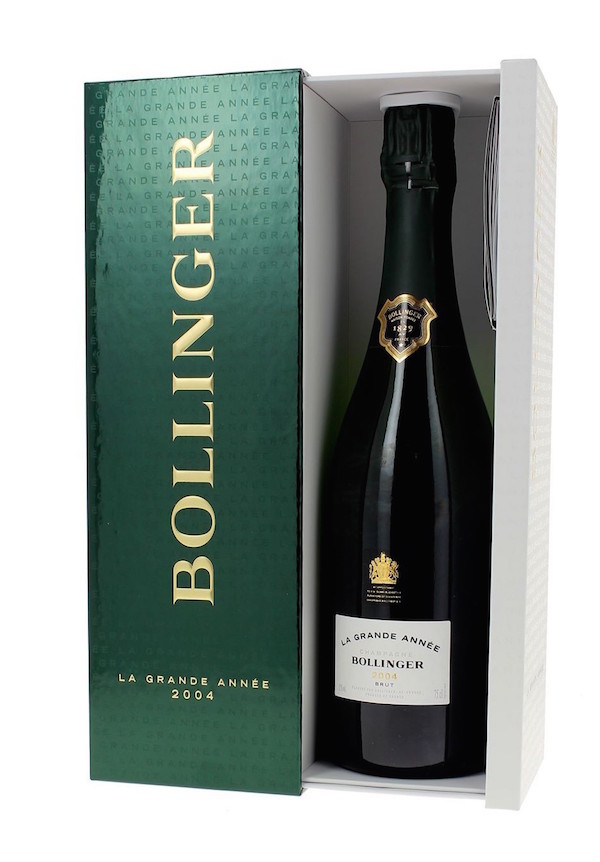
And finally for a splurge, there is the singular sensation of Salon. Made from a single region (Côte des Blancs), cru (Le Mesnil-sur-Oger), grape (Chardonnay) and vintage, it is only made in years that warrant its creation. With only 37 vintages in the entire 20th century, the first example of the 21st century, the 2002, is a rich and refined vintage for a special celebration.
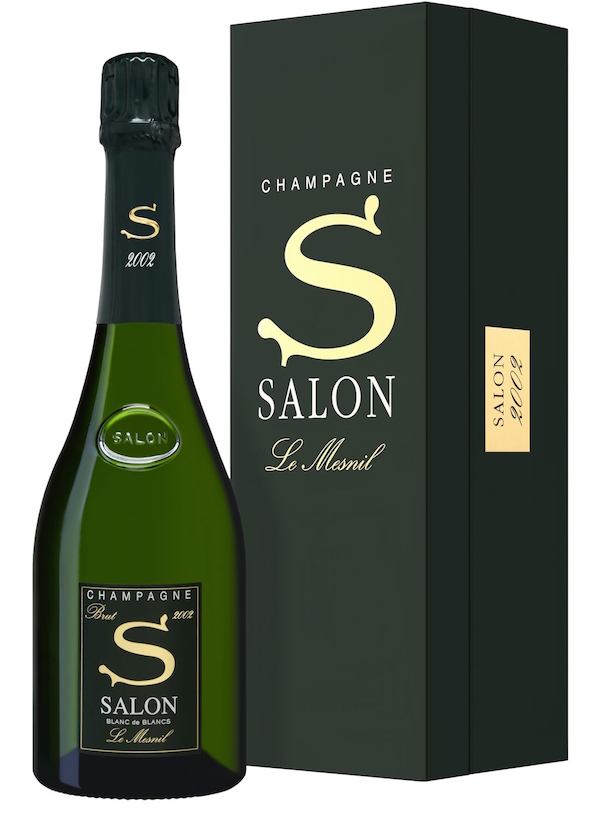
I am raising my glass again to you, my readers. Here’s thanks for a marvelous 2015 and cheers to a happy, healthy and successful 2016. May your lives be filled with style and substance.

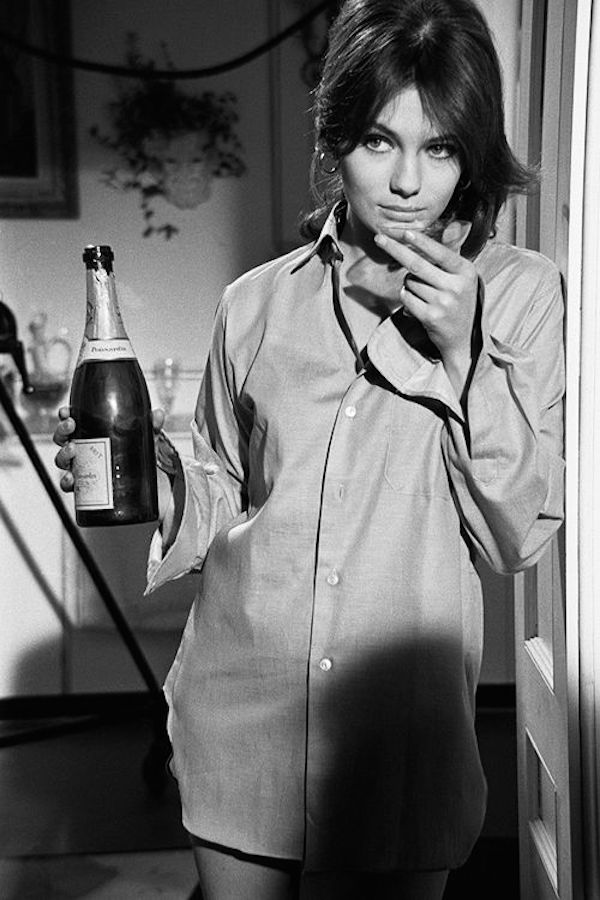
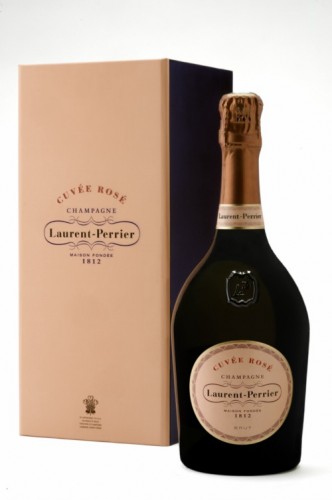

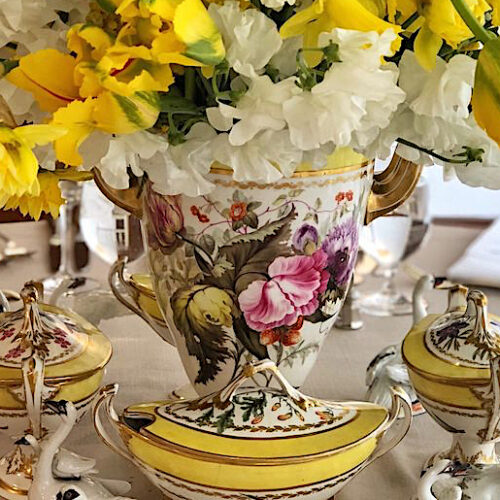
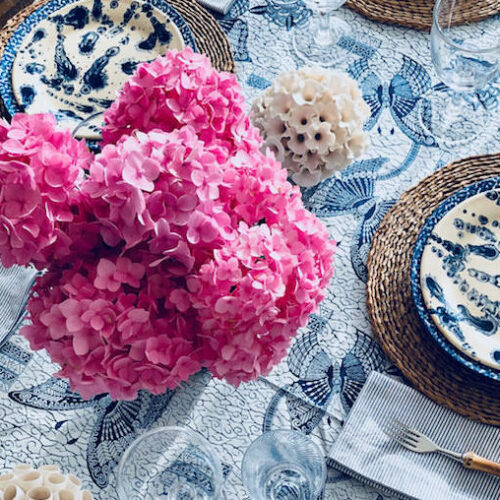


Great, informative post. And thank you for setting the record straight and defining what is actually classified as champagne…a lot of people don’t realize that all bubbly is not actually champagne!
to clarify the last part of my prior comment…I meant to say that not all bubbly can be classified as champagne…
This is a keeper! Thank you, Stacy. Wishing you and yours a festive & memorable New Year’s Eve.
This was, AGAIN, SO FUN!! Thanks!! EnJOY!! franki
This was absolutely fantastic…and I definitely appreciated the suggestions for non-vintage offerings. I have to say in this neck of the woods, Ruinart is still the standby!
Wishing you a wonderful last day of 2015. Thank you SO very much for all of the inspiration that you have passed along this year.
Bisous,
Heather
Thank you for the excellent recommendations!
Enjoy the final day of 2015 and Cheers to a wonderful new year!
Very informative and interesting Stacey! Of course the Roederer Crystal is my favorite of all (my maiden name) although the distant cousins do not send us cases of it! All the best to you in 2016!!
xoxo
Karena
The Arts by Karena
Happy New Year Wishes!
As always from your fingertips to our eyes…a Scholars lesson well taught! May 2016 continue to being Miracle so you and yours! Love your blog…truly a Joy to look forward to.
Excuse the errors…”bring miracles to you and yours”
Very good one !
very informative
one day you could talk about Cava, very similar to Champagne but grapes come from Spain, specifically the region of Catalonia where we also produce excellent white & red wine !
cheers!